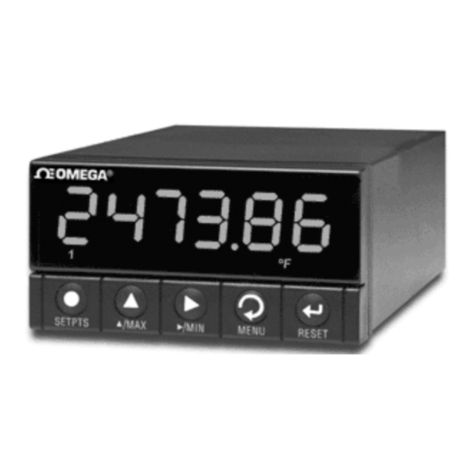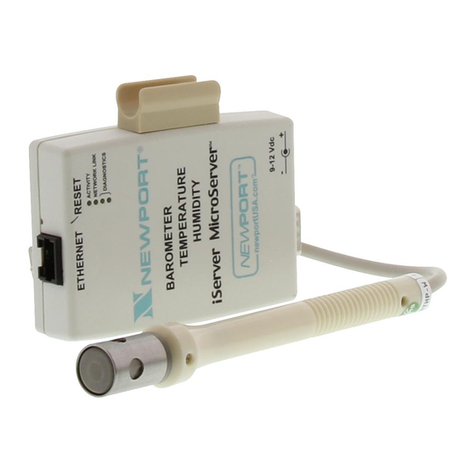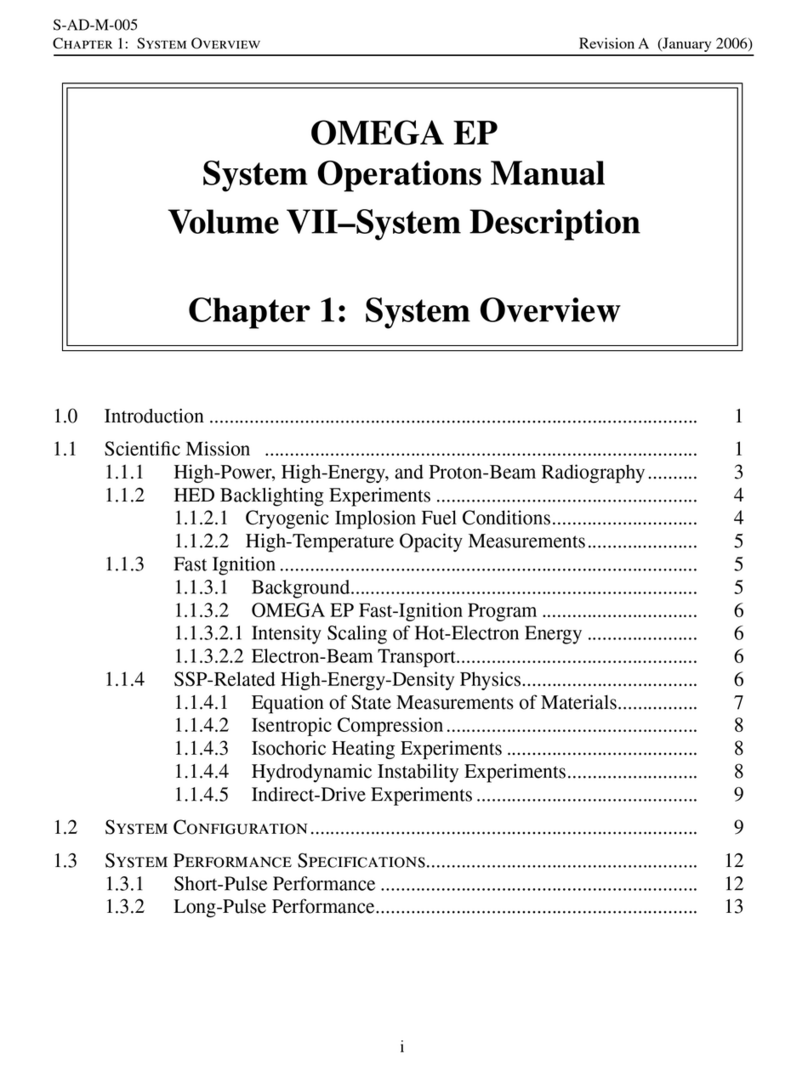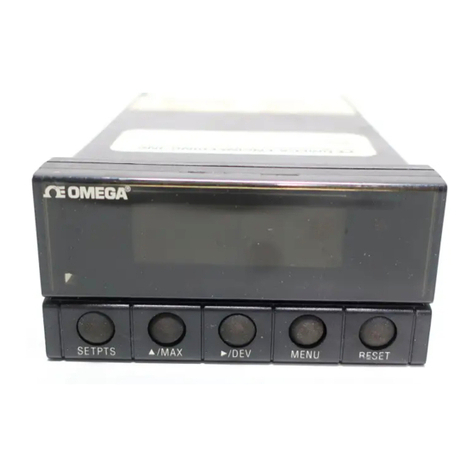Omega FTB500 Series User manual
Other Omega Measuring Instrument manuals
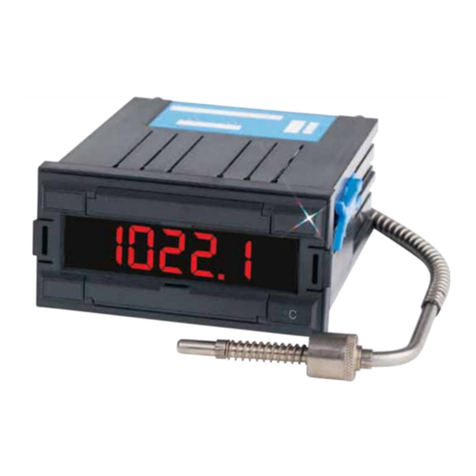
Omega
Omega DP18-P8 User manual

Omega
Omega DPG1000ADA-30V100 User manual
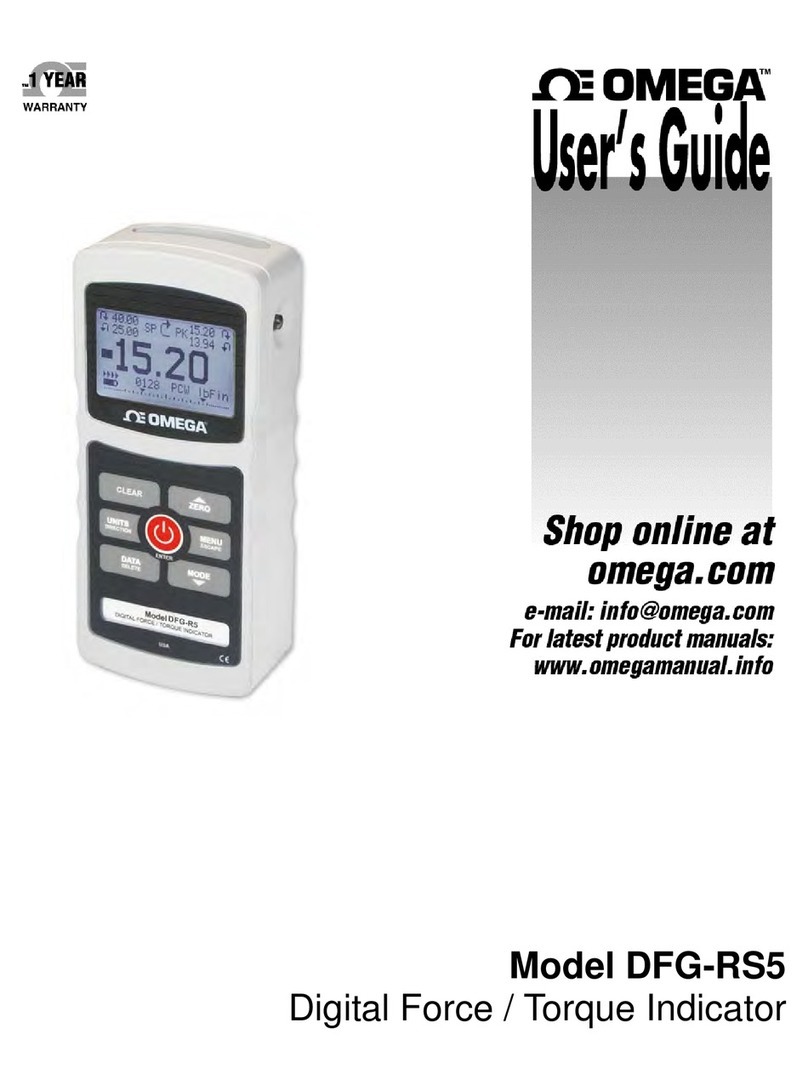
Omega
Omega DFG-RS5 User manual
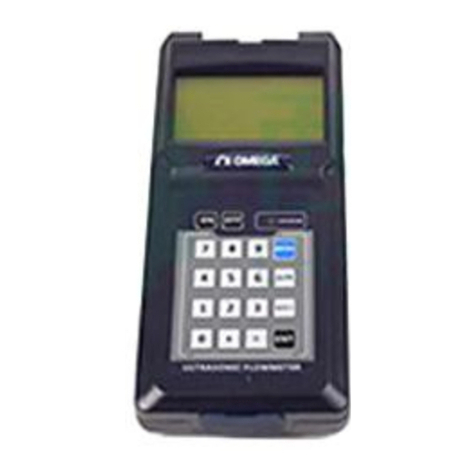
Omega
Omega FDT-25 User manual
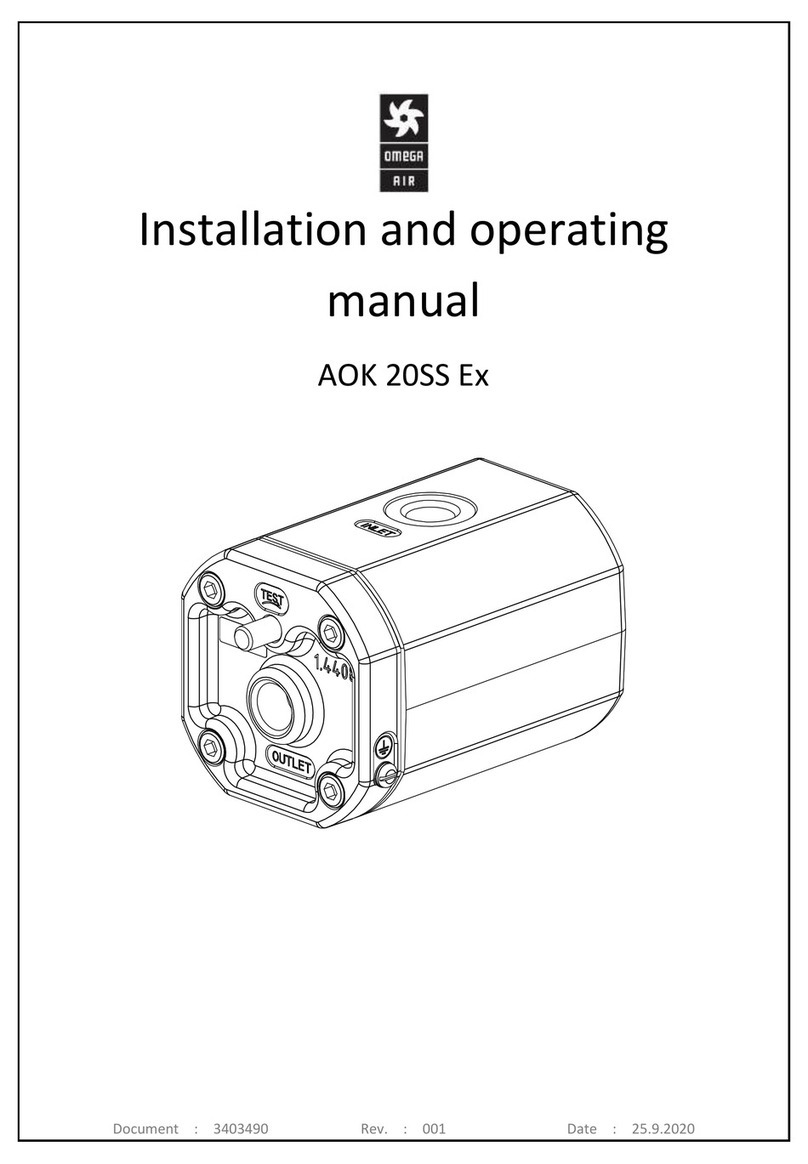
Omega
Omega AOK 20SS Ex User manual
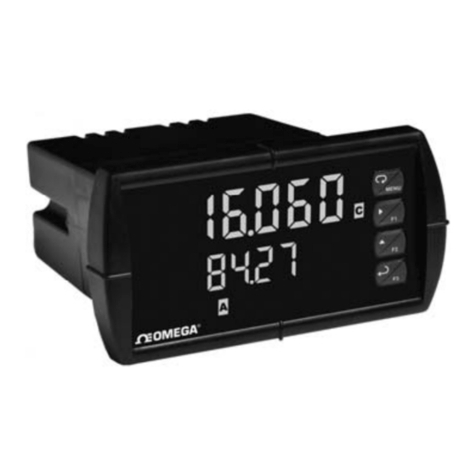
Omega
Omega DP6060 User manual
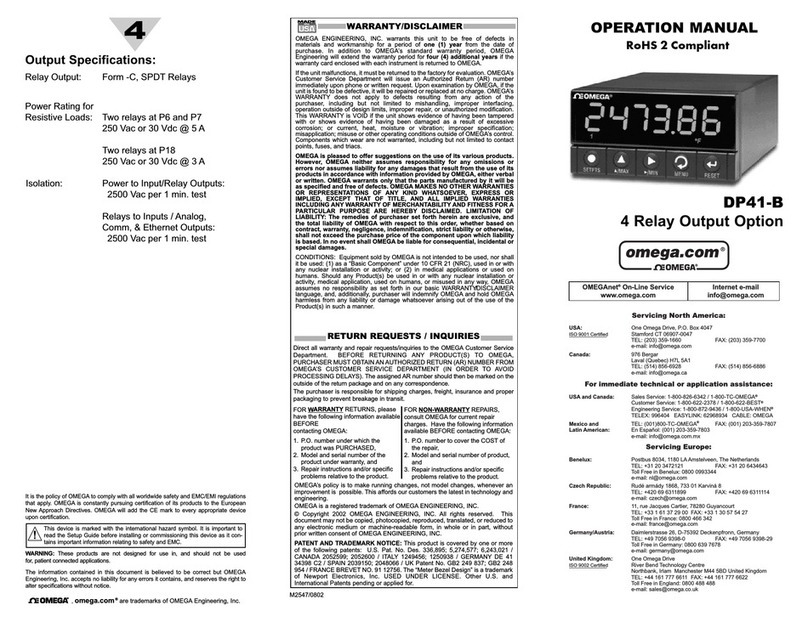
Omega
Omega DP41-B Series User manual
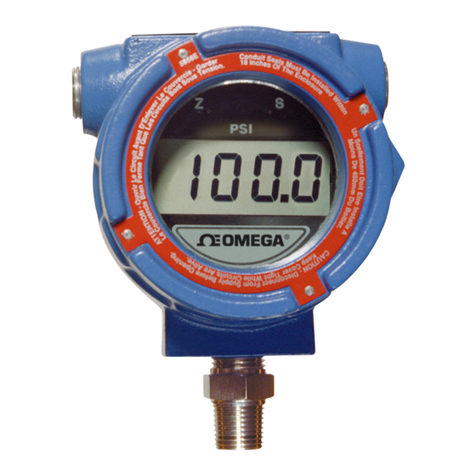
Omega
Omega PRESSURE GAUGES DPG3000 User manual
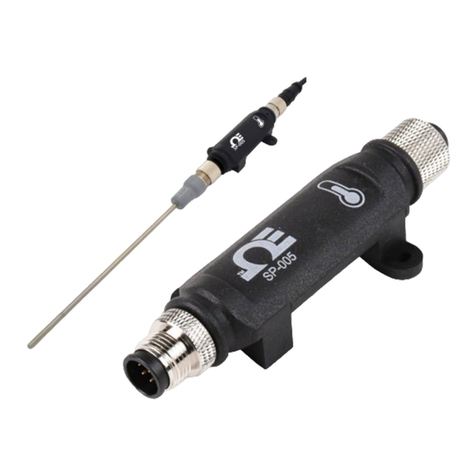
Omega
Omega SP-005 User manual

Omega
Omega PHB21 User manual
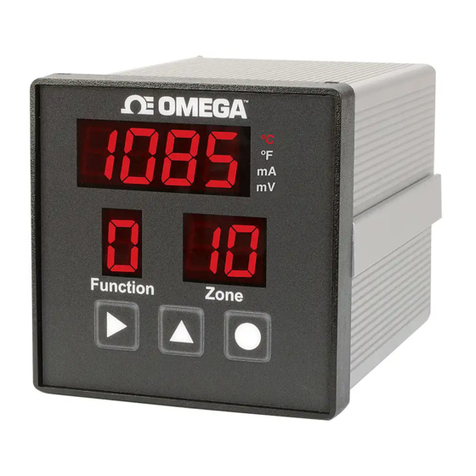
Omega
Omega DP606A User manual
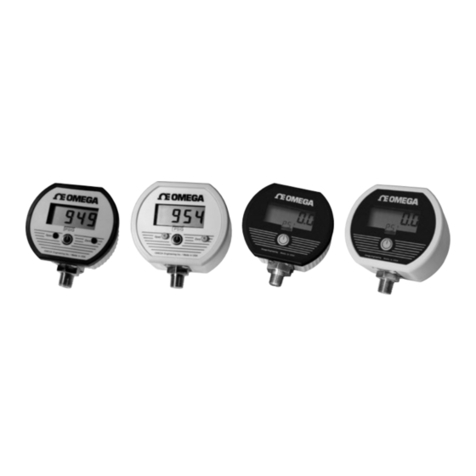
Omega
Omega DPG1000B User manual

Omega
Omega CDH-721 User manual
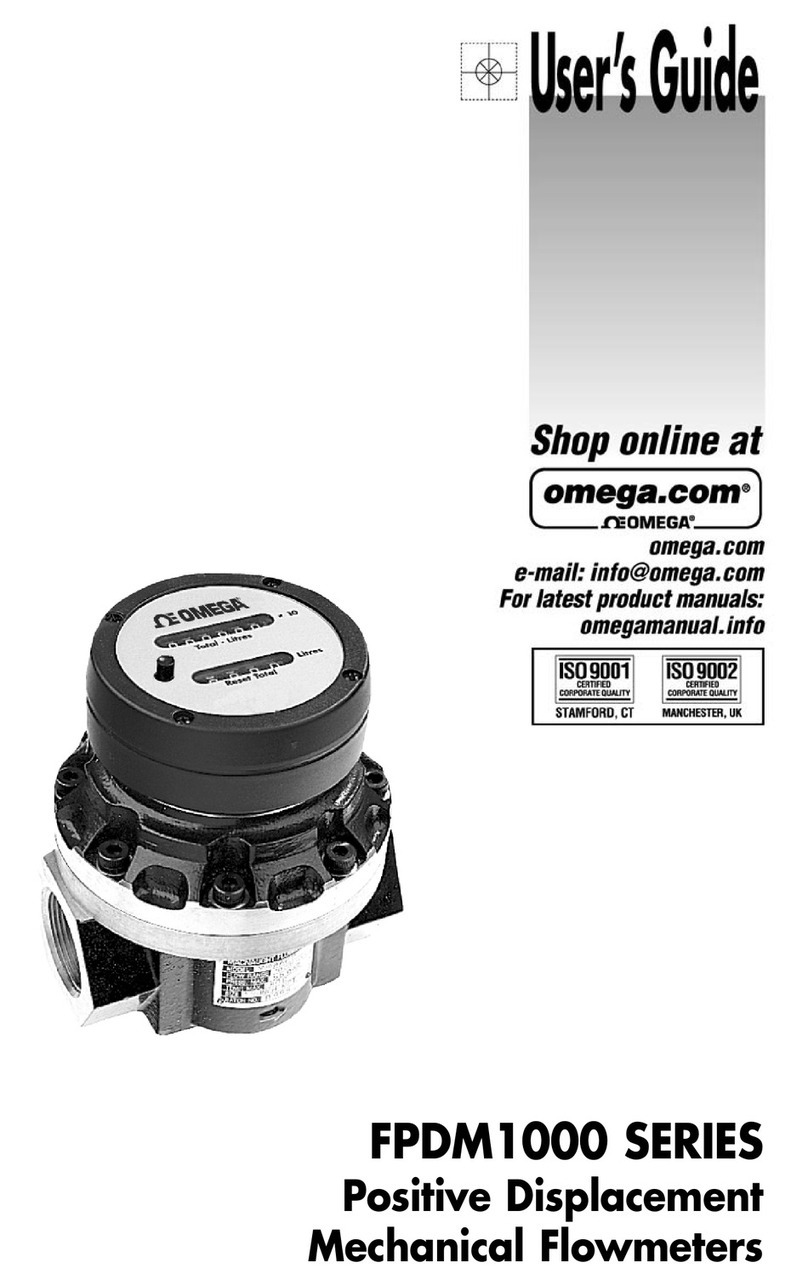
Omega
Omega FPDM1000 User manual
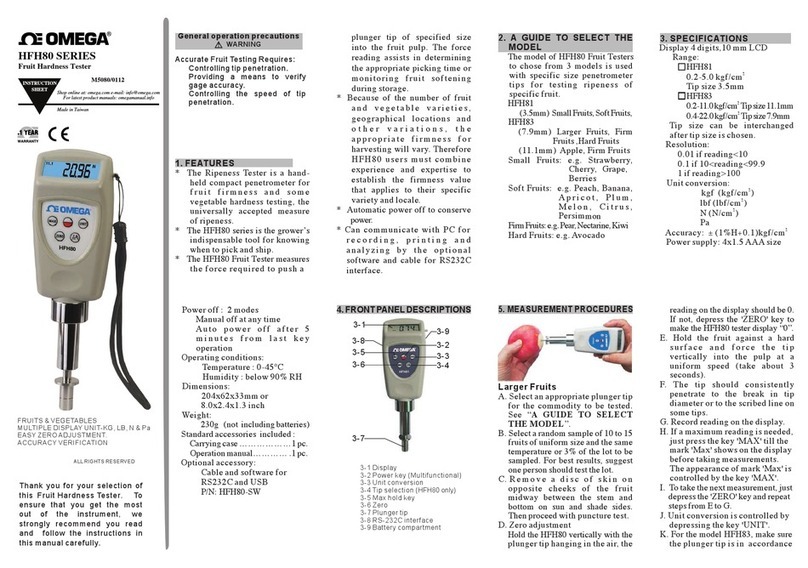
Omega
Omega HFH81 User manual
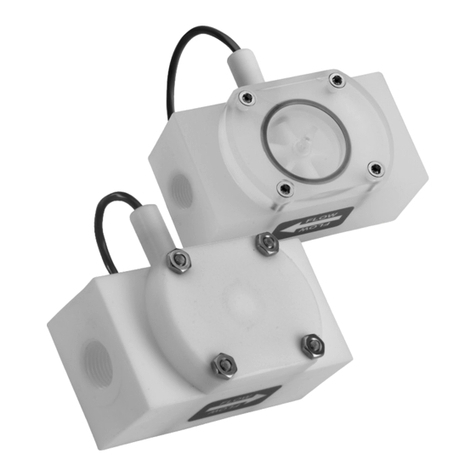
Omega
Omega FPR300 Series User manual
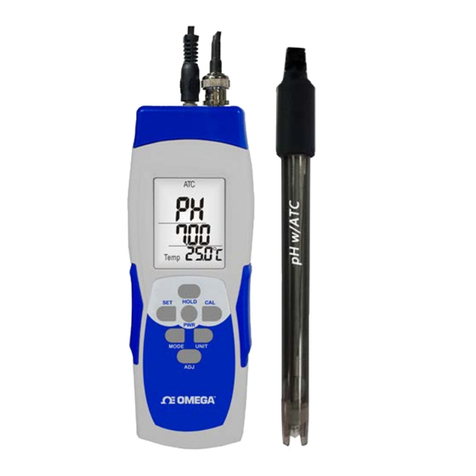
Omega
Omega PHH444 User manual

Omega
Omega HHP350 Series User manual
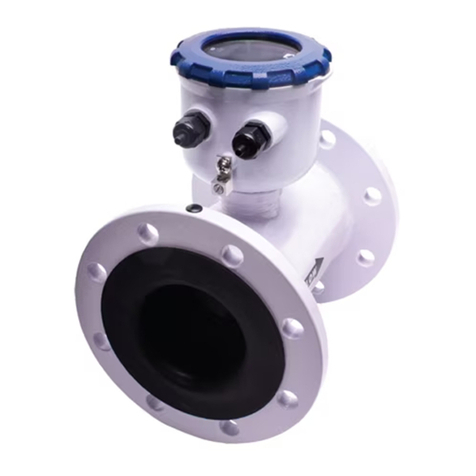
Omega
Omega FMG470 Series User manual
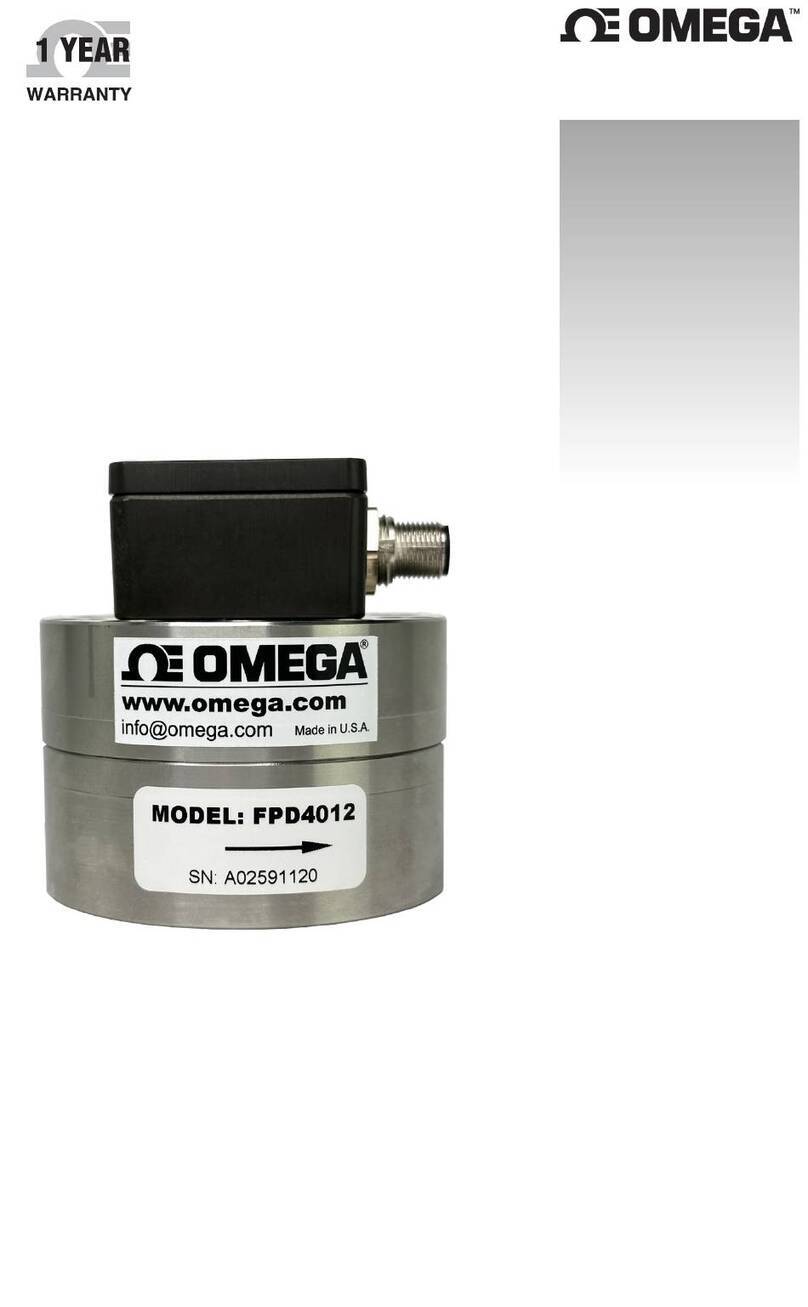
Omega
Omega FPD-4000 Series User manual
Popular Measuring Instrument manuals by other brands

Powerfix Profi
Powerfix Profi 278296 Operation and safety notes

Test Equipment Depot
Test Equipment Depot GVT-427B user manual

Fieldpiece
Fieldpiece ACH Operator's manual

FLYSURFER
FLYSURFER VIRON3 user manual

GMW
GMW TG uni 1 operating manual

Downeaster
Downeaster Wind & Weather Medallion Series instruction manual

Hanna Instruments
Hanna Instruments HI96725C instruction manual

Nokeval
Nokeval KMR260 quick guide

HOKUYO AUTOMATIC
HOKUYO AUTOMATIC UBG-05LN instruction manual

Fluke
Fluke 96000 Series Operator's manual

Test Products International
Test Products International SP565 user manual

General Sleep
General Sleep Zmachine Insight+ DT-200 Service manual
